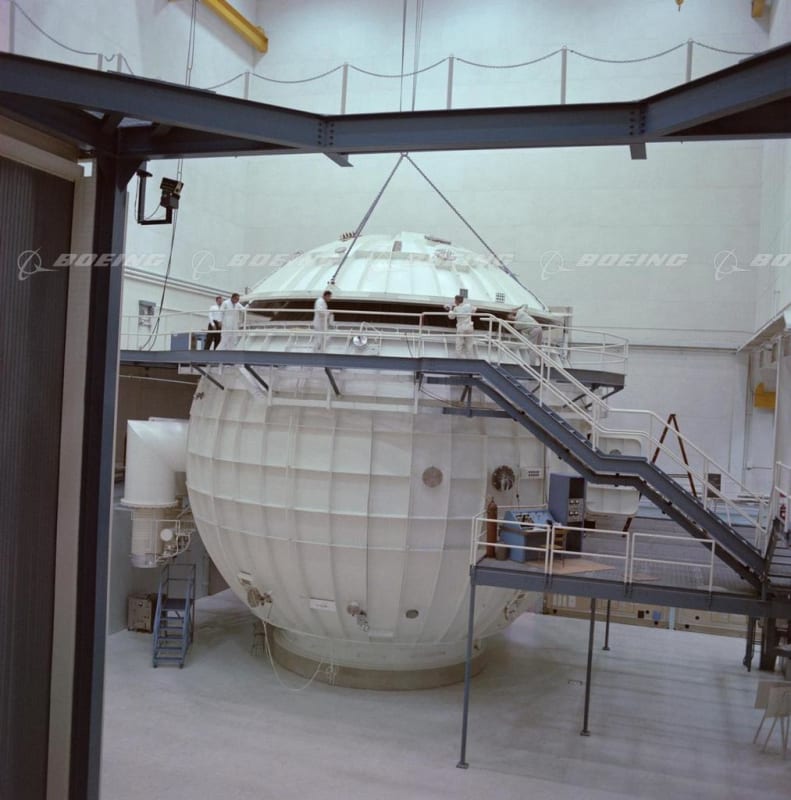Hello everyone, I need some advice on how to quickly remove air from a 400-liter tank before performing a thermal process. I was thinking of creating a separate tank where I can create a vacuum using a pump, and then use an automatic valve to connect the two tanks. My question is: how do I calculate the volume of the vacuum tank? What level of vacuum should I achieve inside it for efficient air removal from the system?
Thanks for help
Thanks for help



![[bigsmile] [bigsmile] [bigsmile]](/data/assets/smilies/bigsmile.gif) That works, to a degree.
That works, to a degree.